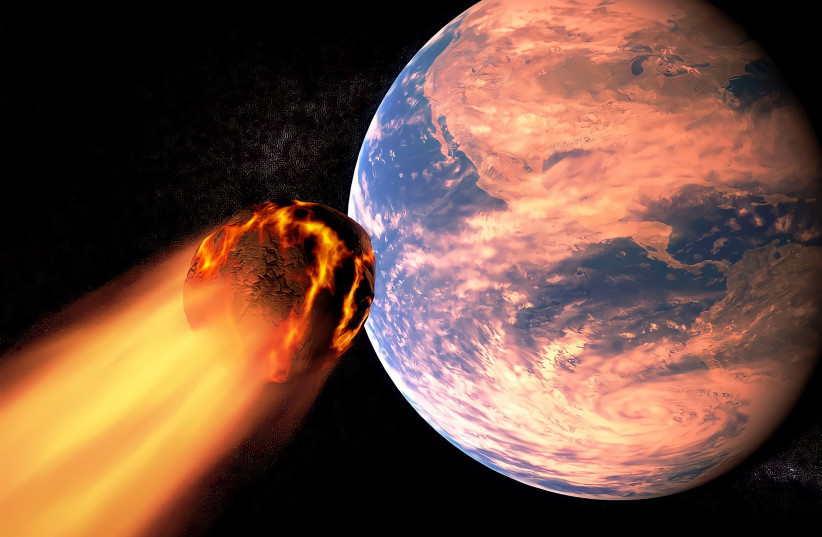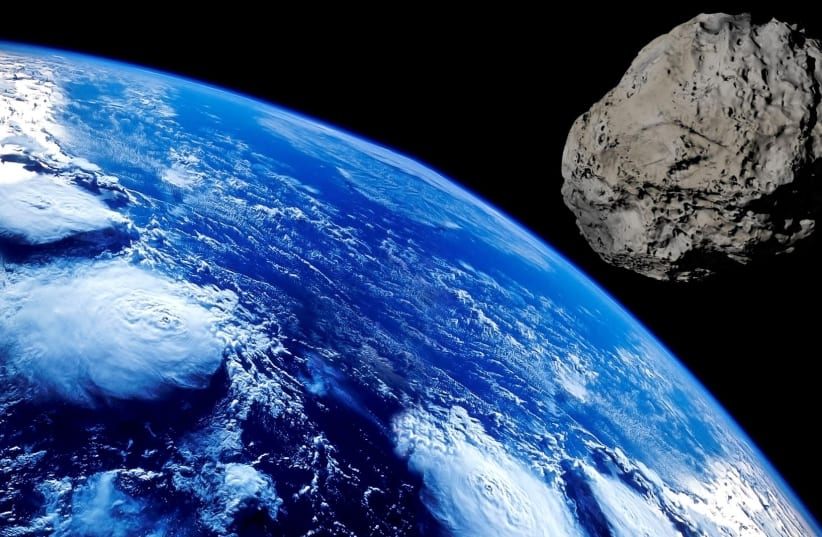A large asteroid nearly the size of Seattle's famous Space Needle is heading for Earth on Monday, though it will likely fly past us harmlessly, according to NASA's asteroid tracker.
How big is 2017 WN13?
Designated 2017 WN13, this asteroid is estimated to be between 77 meters and 170 m. in diameter. For comparison, scientists estimate that a Tyrannosaurus Rex, the infamous "king" of the dinosaurs, grew to around 12.4 meters, meaning at minimum, this asteroid would be longer than six of them. For a more contemporary comparison, an Asian elephant can grow to an average of six meters, meaning 2017 WN13 would be at least 13 of them long.
At maximum length, however, it would surpass the 169-meter-high Washington Monument and would almost approach the Space Needle in length.
How fast is it?
Flying at an estimated speed of 19.5 km. per second, 2017 WN13 is an Apollo-class asteroid, meaning its orbit around the Sun will cross Earth's. However, it is not likely that it will strike the planet, with NASA calculating it to pass the Earth at a distance of over two million km. For comparison, the Moon orbits the Earth at a distance of roughly 384,000 km, so this is more than five times as far. However, on a cosmic scale, the flyby is still very close.
This lines up with previous predictions by NASA, which have estimated that the Earth will be free of risk from major asteroid impacts for the next century.


There is currently no readily available way to stop asteroids from hitting us.
How bad could it be?
According to research from the Davidson Institute of Science, the educational arm of Israel's Weizmann Institute of Science, an asteroid over 140 meters in diameter would release an amount of energy at least a thousand times greater than that released by the first atomic bomb if it impacted Earth.
Something even larger — over 300 meters wide like the asteroid Apophis — could destroy an entire continent. An asteroid over a kilometer in width — like 138971 (2001 CB21), which flew past the Earth in early March — could trigger a worldwide cataclysm.
Thankfully an impact isn't likely to happen, but it isn't impossible. After all, just last month, asteroid 2022 EB5 impacted the planet just two hours after its discovery.
Luckily, however, this asteroid was very small, just about half the size of an average male giraffe, so it didn't cause any damage.
But even small asteroids, like the previously most recent one to impact Earth when a 17-20 meter asteroid exploded over Chelyabinsk, Russia in 2013, can still cause damage. While the impact itself wasn't severe, the shockwave caused thousands of windows to shatter and saw many injured and in need of medical attention due to the shattered glass.
Asteroids are some of the most numerous kinds of objects in the solar system, where over 1,113,000 are known to exist, according to NASA, but those are just the ones definitively identified, with experts always finding more.
